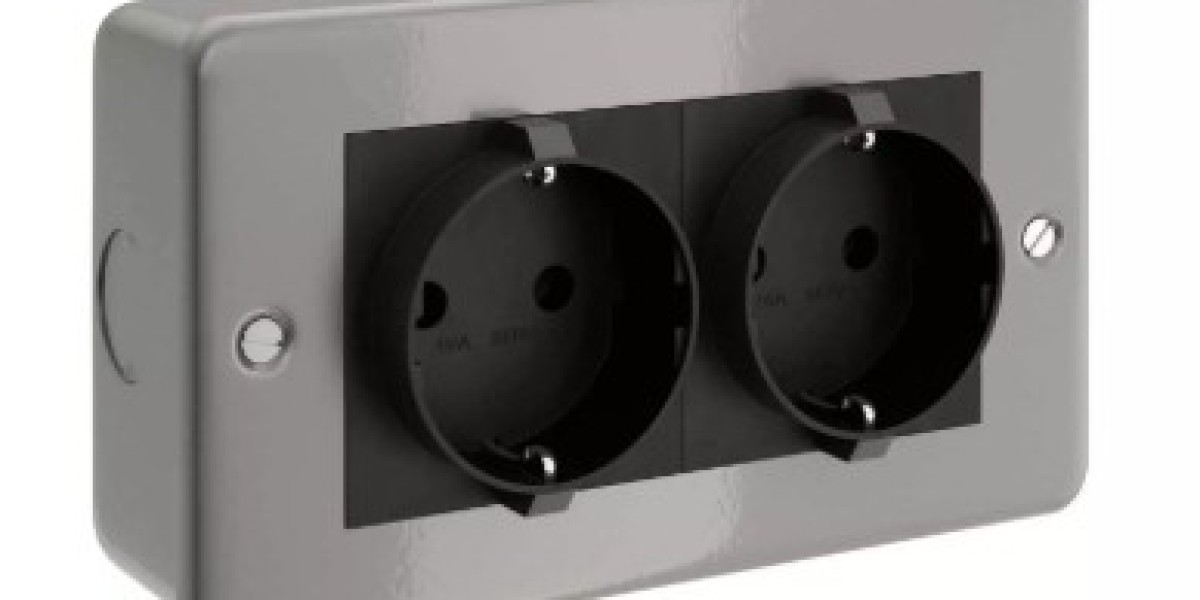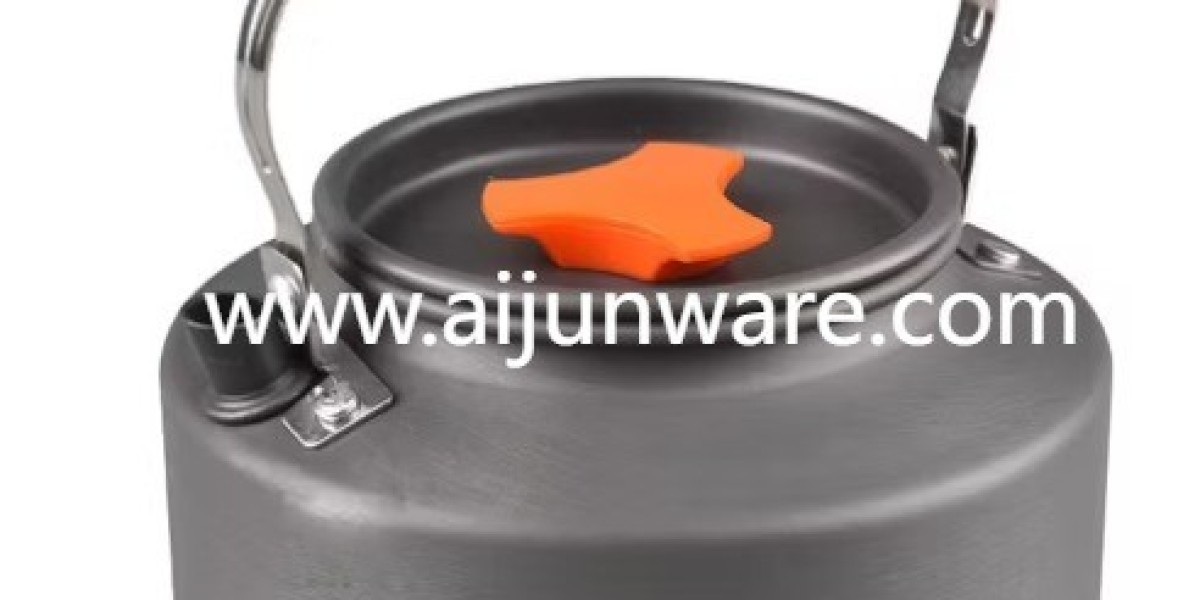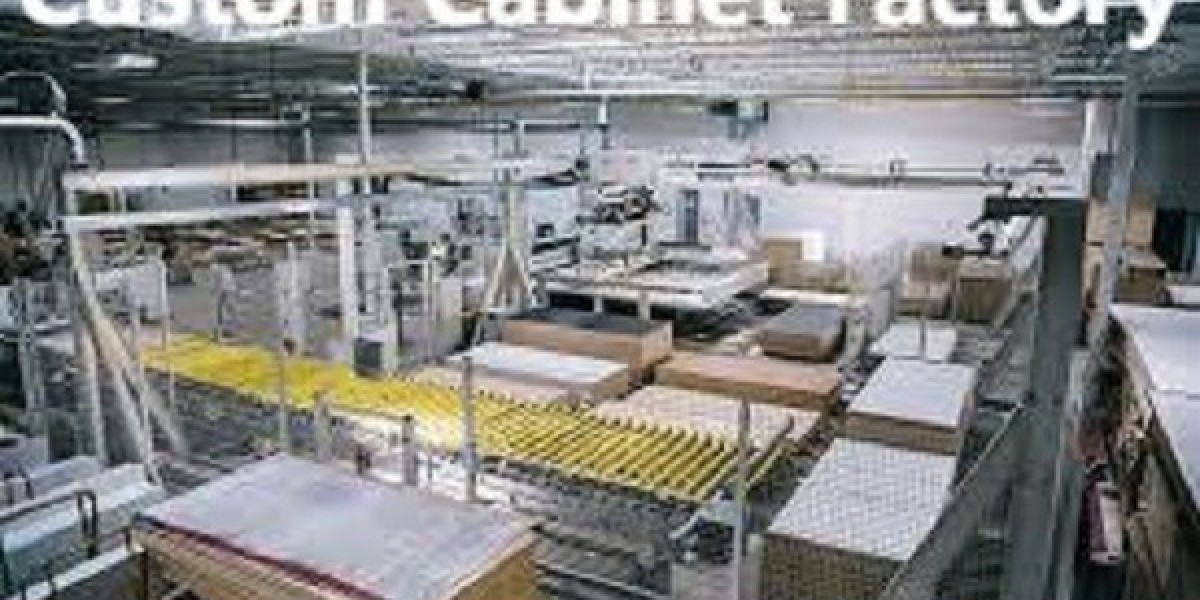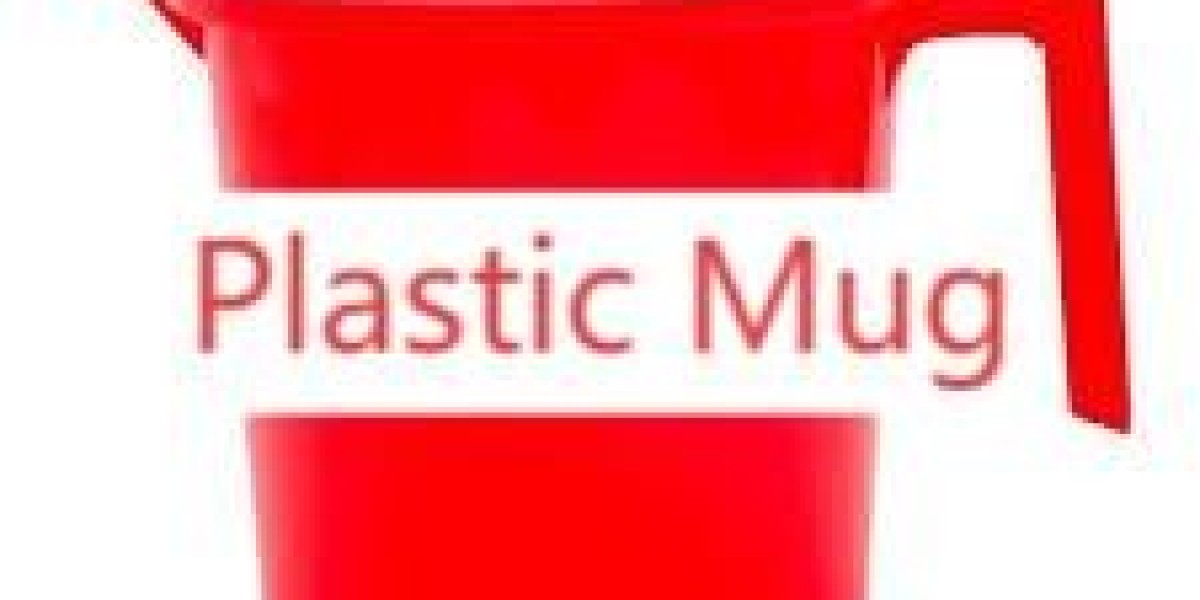In many modern plants the humble Electrical Socket Box has moved from a static outlet to a strategic node that can simplify wiring, speed repairs and reduce downtime. When factories expand lines or reconfigure layouts to meet shifting demand, a modular approach to outlet distribution turns a wiring headache into an organized program. This article looks at how modular socket systems address common problems on the shop floor and why planners are changing procurement and maintenance practice to match new production realities.
A typical wiring nuisance starts with one off junctions and ad hoc cable runs that accumulate as needs grow. Over time those temporary fixes become permanent and technicians spend increasing hours tracing feeds rather than performing productive tasks. Modular enclosures create repeatable mounting points so power and control runs remain tidy and labeled. That neatness shortens fault finding and makes future rework straightforward because modules lock into a known grid rather than into a chaotic nest of cables.
Flexibility matters when lines change. With a modular layout a planner can add outlets, swap a feed type or relocate a circuit without cutting through walls or disturbing adjacent services. Insertable units accept different outlet types and protective devices so a single frame serves diverse equipment across the floor. This reduces the labor and the risk that accompanies last minute rewiring during peak production windows. For operations that face frequent change this agility preserves uptime and reduces the scheduling friction of maintenance.
Service speed improves with repair friendly parts. Many modular systems accept replaceable inserts for worn contacts and feature captive fasteners that stop crews losing small screws during a busy shift. When a terminal block or a seal needs replacement technicians perform a targeted swap and restore service within a single call. That approach keeps spare lists compact and reduces the logistics of stocking full assemblies for every possible failure mode.
Safety and clarity go hand in hand. A modular map of distribution points makes lock out tag out routines simpler because isolation points remain visible and accessible. Clear labeling at each module helps rotating crews identify circuits quickly and follow safe sequences. Where regulatory or internal audits examine wiring practice, a tidy modular installation demonstrates intentional design and reduces the likelihood of corrective actions that interrupt production.
Environmental resilience is built into many modern frames. For areas subject to washdown or to airborne dust, choose modules with replaceable gaskets and corrosion resistant faces so sealing can be refreshed during routine rounds. That reduces reliance on improvised protection that often hides faults until they become urgent. In harsh environments a service led philosophy that favors replaceable parts prolongs the asset life and keeps inspection rounds efficient.
Managing mixed power and control signals becomes easier when designers plan modular runs. Separate compartments within a frame let power conductors sit apart from low voltage controls so interference stays low and troubleshooting isolates to a single aperture. This organization supports cleaner commissioning and reduces the need for time consuming noise hunts when sensitive drives or sensors behave incorrectly after a layout change.
Training and turnover are practical gains. When each bay follows a standard layout new technicians learn the system faster. Photographic records and a short guide kept with each enclosure shorten handovers between shifts and reduce the chance of accidental cross connection during rapid repairs. Standardization also helps procurement because spare part families fit many locations and staff handle replacements without bespoke instructions.
Cost management benefits from predictable maintenance cycles. Because modules are repairable, replacements tend toward small parts rather than whole units. That reduces capital outlay across a roll out and helps stores keep fast moving spare parts rather than expensive whole line items. When buyers consider total cost of ownership they often prefer modular families that minimize disposal and support field swaps.
Integration with condition monitoring opens new value. Some housed modules accept current sensing or temperature indicators that inform maintenance teams before a failure occurs. Adding modest sensing at distribution points helps maintenance move from reactive work to scheduled interventions that avoid urgent outages. Where management seeks to reduce unplanned stops, that visibility gives prioritized actions and concentrates effort where it delivers the largest gains.
Procurement and specification matter at the start. Ask suppliers for mounting notes torque guidance and spare part lists so installers avoid on site improvisation that undermines sealing or contact compression. Request clear accessory packs that match expected environmental exposure so teams can reseal housings after inspections without disrupting service. Early supplier alignment reduces retrofits and keeps installations consistent across multiple lines and locations.
A modular strategy also supports staged upgrades. Plants can phase a roll out, starting with critical zones and expanding as budgets allow. Each phase benefits from the same frame geometry and spare parts so crews handle new modules with familiar tools. Staged upgrades reduce disruption to production and help managers demonstrate incremental return on investment through measurable reductions in repair times and in unplanned downtime.
If you are planning a plant reconfiguration or want to simplify maintenance across many zones, consider modular Electrical Socket Box families that emphasize repairable inserts clear labeling and documented installation notes. Selecting a supplier that publishes accessory lists and torque values makes field work predictable and keeps spare inventories compact. For product images mounting guidance and accessory packs that help align a modular strategy with operational goals visit www.nante.com/product/ . The supplier documentation there includes mounting notes and spare part references to assist procurement teams and maintenance planners as they standardize distribution points across a facility.







